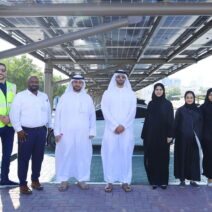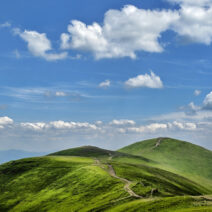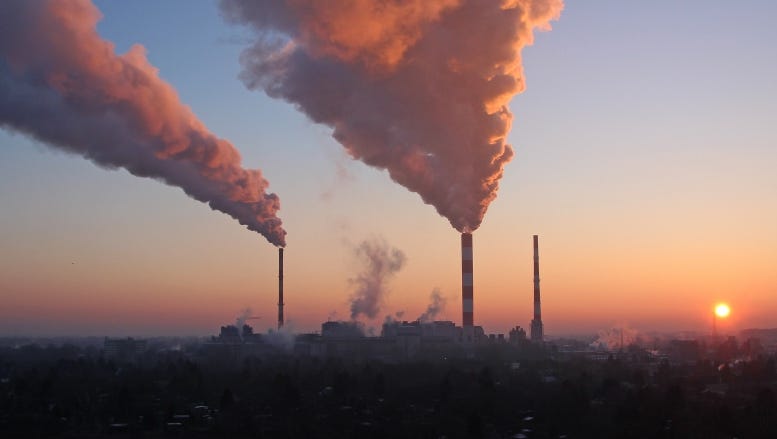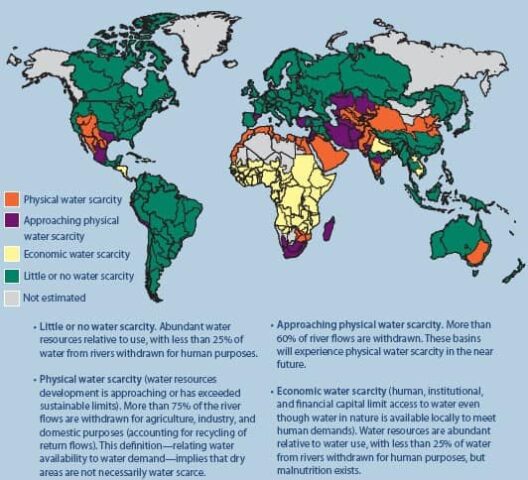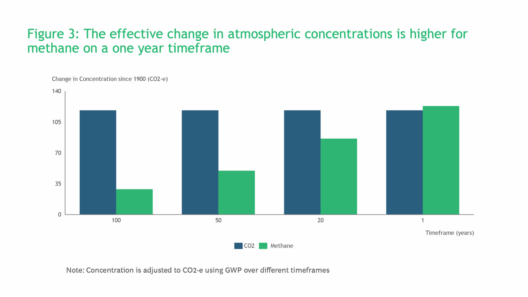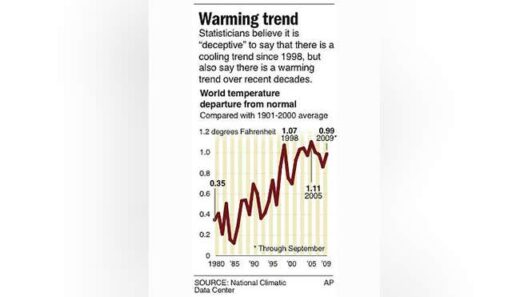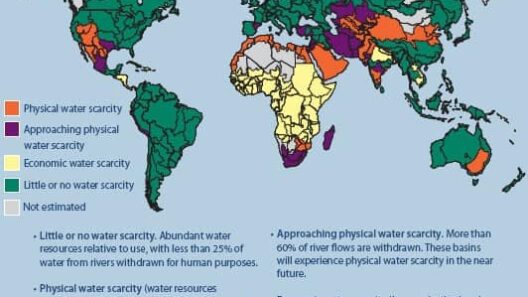In the grand theater of Earth’s climate system, carbon dioxide (CO₂) plays the role of a powerful antagonist, a specter that magnifies the plight of the planet. As its levels surge to record heights, one cannot help but ponder the critical question that looms large: Does the current CO₂ level intensify global warming? To answer this, we must navigate the intricate tapestry of atmospheric science and ecological impacts.
Carbon dioxide is a natural component of our atmosphere, yet its concentrations have reached unprecedented levels due to anthropogenic activities. Picture the Earth as a warming oven; the increase in CO₂ is akin to turning up the dial, intensifying the temperature within. This correlation is not merely a poetic analogy; it is the essence of the greenhouse effect, where gases trap heat, preventing it from dissipating back into space. The scientific community has long established that the current atmospheric CO₂ levels, surpassing 410 parts per million, are significantly higher than the pre-industrial revolution levels of around 280 parts per million.
The premise is simple: more CO₂ means more heat retention. This phenomenon is exacerbated by feedback loops triggered by rising temperatures. For instance, as the planet warms, polar ice melting releases more water vapor into the atmosphere, a potent greenhouse gas. This additional water vapor further escalates warming, like a vicious cycle of incremental escalation, creating an insatiable appetite for heat.
To deepen our understanding, it is crucial to contextualize these escalating CO₂ levels within the framework of Earth’s historical climate. Over geological timescales, periods of elevated CO₂ have invariably correlated with warming events. Paleoclimatology offers a wealth of data, from ice core samples to sediment analyses, illuminating patterns where high CO₂ levels precipitated severe global warming and ecological upheaval. The current trajectory, however, is alarmingly rapid, striking a dissonant chord against the slower rhythms of natural climate variation.
While scientists diligently collect data and refine models, it seems evident that the current CO₂ levels catalyze an array of environmental consequences. Ocean acidification, one of the lesser-discussed repercussions, arises as the oceans absorb CO₂, subsequently altering the pH balance of seawater. This chemical transformation jeopardizes marine ecosystems, particularly coral reefs, which resonate with the fragility of life itself. If CO₂ emissions persist unchecked, the symphony of marine biodiversity may fall silent, drowning in a sea of acid.
The terrestrial landscape is equally affected by these surging CO₂ levels. Ecosystems are poised on the precipice of change. Forests, often seen as the lungs of the Earth, are stressed by both higher temperatures and the increased volatility of weather patterns. Deforestation and land-use changes amplify this effect, rendering them more susceptible to pests and diseases. The intricate dance of flora and fauna faces a disjointed rhythm, disrupting the delicate balance of ecosystems that have evolved over millennia.
Moreover, the intersection of social and economic dimensions cannot be overlooked. Communities around the globe are already experiencing the ramifications of a warming planet. Agriculture, a cornerstone of human civilization, faces unpredictable rainfall patterns, extended droughts, and intensified storms. The agriculture sector’s vulnerability is compounded by rising temperatures, which threaten crop yields and food security. Here, the metaphor of CO₂ as an antagonist holds; it sows discord in the tapestry of human existence, particularly for marginalized communities already grappling with vulnerabilities.
Despite the grim scenario on the horizon, it is essential to illuminate the pathways to potential mitigation and adaptation. There is a burgeoning movement towards renewable energy sources, emphasizing the transition from fossil fuels to sustainable alternatives. Innovations in technology, such as carbon capture and storage, offer tantalizing prospects for reducing atmospheric CO₂ levels. The metaphor shifts; rather than merely allowing the antagonist to dictate the narrative, humanity has begun to wield the quill, penning new chapters of resilience and creativity.
On a grassroots level, community initiatives play an integral role in fostering environmental stewardship. Urban areas are embracing green spaces, enhancing carbon sequestration, while individuals are making conscientious choices about energy consumption and waste reduction. Collective efforts amplify the individual actions, creating a crescendo of change and fostering a sense of agency amidst overwhelming odds.
The urgency of the situation is palpable. The notion that CO₂ levels are no longer mere statistics but rather a call to action resonates profoundly. It beckons humanity to scrutinize consumption patterns, invest in technology, and advocate for policies that promote sustainability. As the warming oven bakes with increasing fervor, our response becomes all the more crucial. The unique appeal of this environmental narrative lies in its complexity and interconnectedness; it underscores the fact that action is not solely a scientific necessity but a moral imperative.
In conclusion, the current CO₂ levels undeniably intensify global warming, orchestrating a chain reaction with profound environmental, social, and economic implications. By understanding the role of carbon dioxide within the broader context of the climate crisis, we can empower ourselves to become proactive participants in the story of climate action. The statement stands resolute: we must turn down the dial of warming, lest we allow the antagonist to dictate our fate. In this age of uncertainty, hope lies in our collective resolve to nurture the planet, champion sustainable practices, and pave the road towards a harmonious coexistence with nature.
